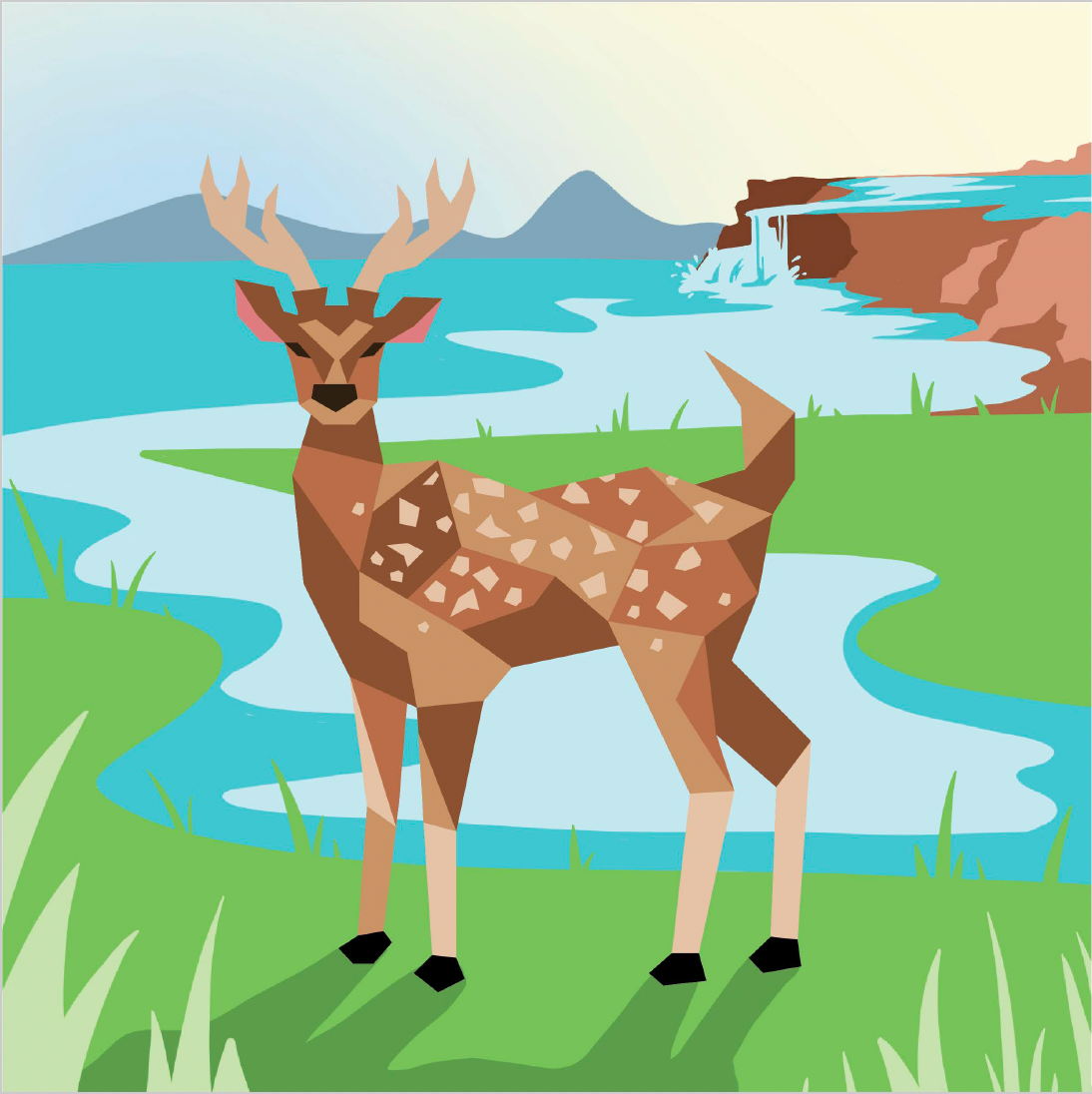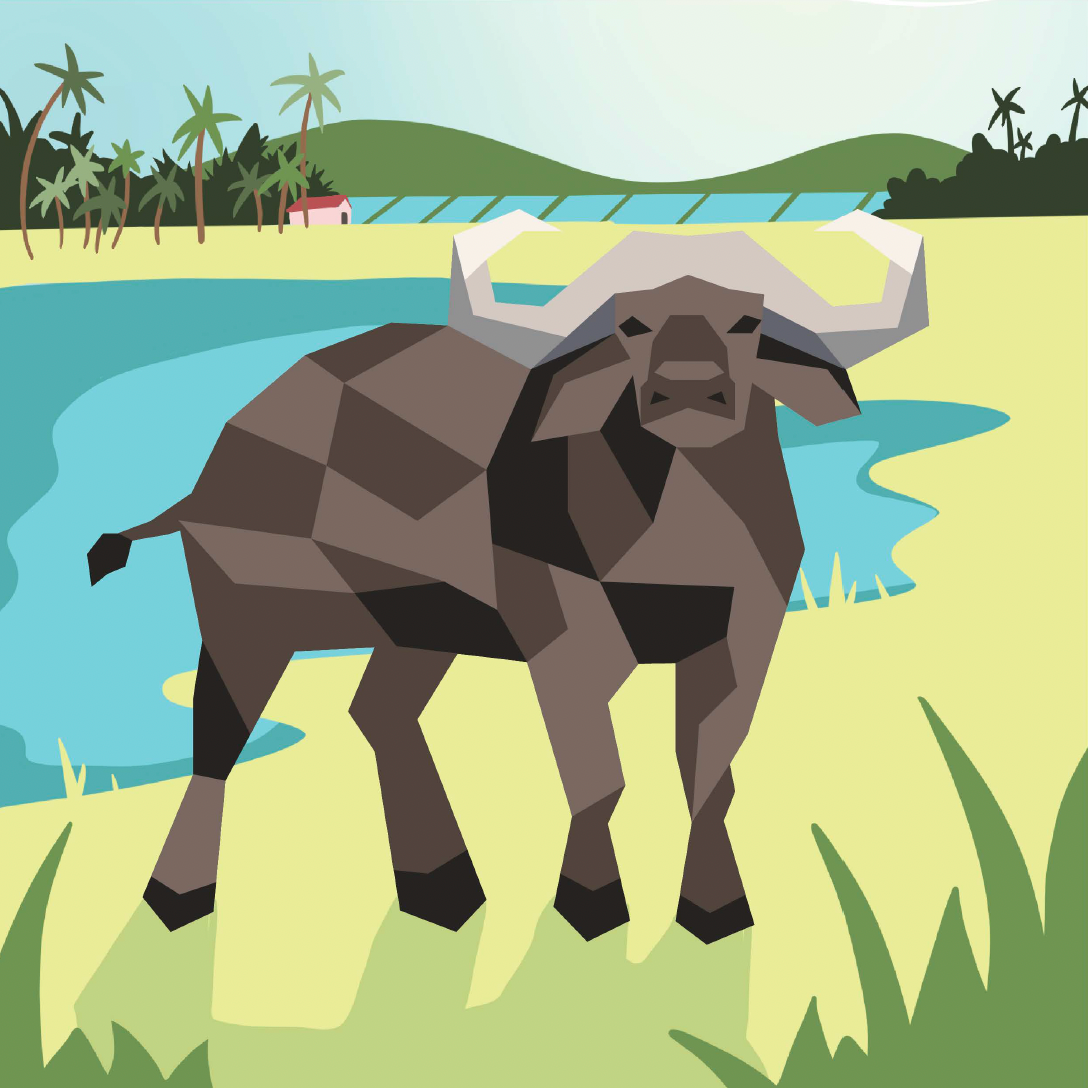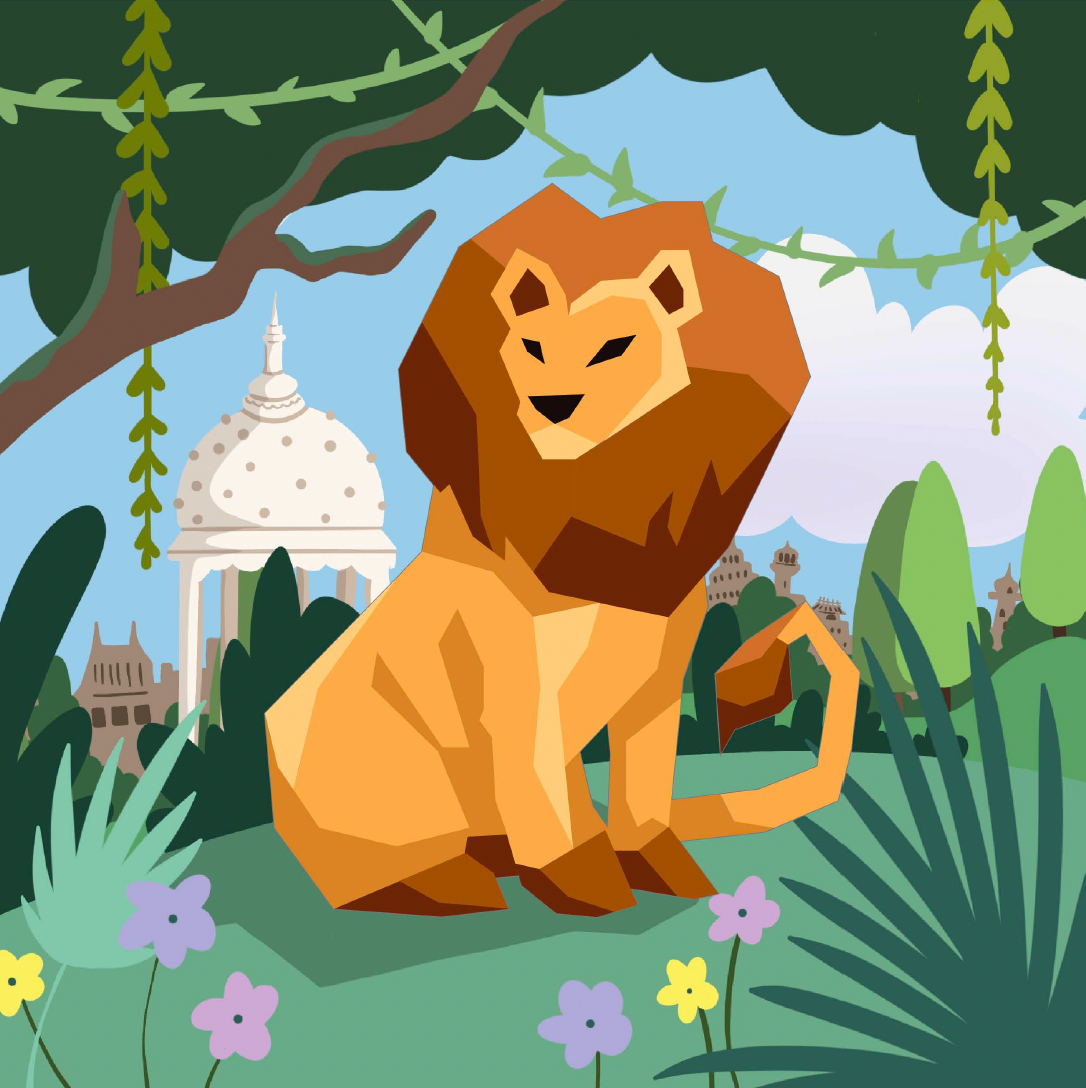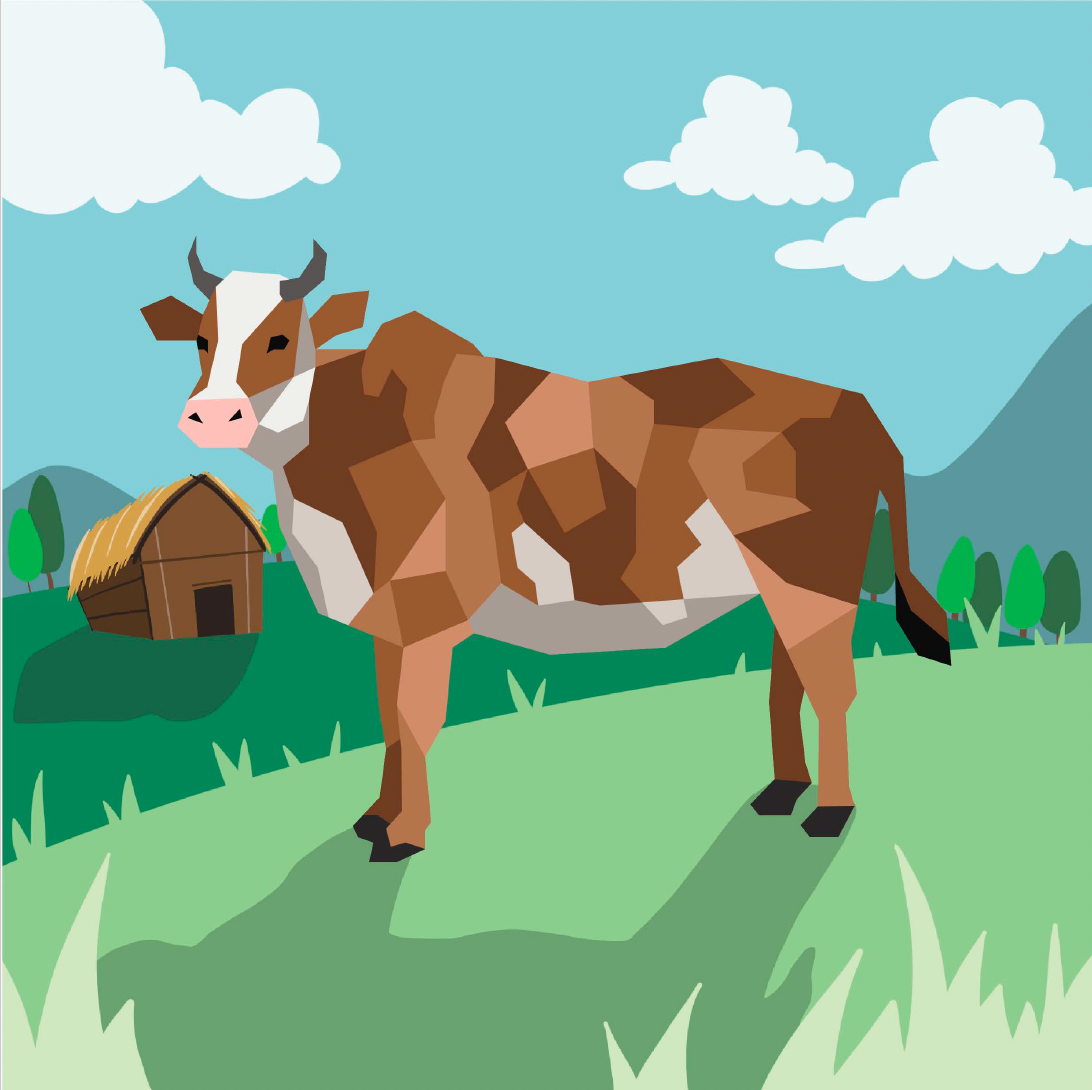
Bengal Tiger
Bengal tigers are majestic big cats native to the Indian subcontinent. They are renowned for their striking orange coat with dark stripes, which provide excellent camouflage in their forest habitats. Bengal tigers are powerful and agile hunters, preying on a variety of animals, including deer and wild boar. Unfortunately, they are an endangered species due to habitat loss and poaching. Conservation efforts are vital to protect these iconic creatures and ensure their continued existence in the wild.

Chital
The chital is a medium sized deer species that can be found in countries such as India, Nepal, Bangladesh and Sri Lanka.
Chital are characterised by their reddish-brown coat with white spots that give them their common name "spotted deer." These spots provide effective camouflage in dappled sunlight.
Chital are herbivores, primarily feeding on grass, leaves, fruits and other plant material.

Peacock
Peacocks are native to South Asia and are well known for their vibrant and iridescent feathers. The male peacock, in particular, is famous for its colourful tail feathers that can be fanned out in a spectacular display during courtship. The female, known as a peahen, is generally less colourful. Peacocks are not only admired for their beauty but are also culturally significant in many societies, often symbolising grace, beauty and pride.

Macaque
Macaques are known for their long tails, often short faces and cheek pouches used for storing food. They are highly intelligent, social animals found in various parts of Asia, and they have adapted to a wide range of habitats, from forests to urban areas. Macaques are known for their complex social structures and are often seen living in groups, displaying a wide range of behaviors and vocalizations.

Common Jezebel Butterfly
The Common Jezebel butterfly is a colourful and small to medium-sized species found primarily in South Asia. It's known for its striking orange and black wings with blue and white spots, giving it a vibrant and eye-catching appearance. These butterflies are often seen fluttering among gardens and open spaces, sipping nectar from various flowers. They play a crucial role in pollination and are a delightful sight in their natural habitats.

Cobra
The South Asian cobra is found in countries like India, Pakistan, Bangladesh, Sri Lanka and Nepal. Known for its distinctive hood and potentially lethal bite, the South Asian cobra is both feared and respected in the region.
One of the most recognisable features of the South Asian cobra is its ability to raise its front body and spread a distinctive hood when threatened. This hood display serves as a warning to potential predators or threats.
Cobras hold cultural significance in many societies and are often associated with religious and mythological symbolism.

Water Buffalo
Water buffalo have a robust build, a distinctive pair of curved horns and a relatively sparse coat of hair.
Water buffalo have been domesticated for various purposes, including agricultural work, transportation and milk production. They have played a crucial role in farming and plowing in many parts of Asia.
Their milk is also a valuable source of nutrition and is used to produce dairy products like cheese and yogurt.

Asiatic Lion
The Asiatic lion is a majestic big cat native to the Indian subcontinent. These lions are slightly smaller than their African counterparts but are just as awe-inspiring. They are known for their tawny-coloured fur and a distinct longitudinal fold of skin along their bellies. Asiatic lions were once found throughout the region, but their population has significantly declined over the years, and they are now limited to the Gir Forest in western India. Conservation efforts are underway to protect these endangered lions and preserve their unique genetic lineage.

Zebu
The Zebu is a species of domesticated cattle that is characterised by its distinctive hump on the shoulders, loose skin under the neck and often prominent horns.
Zebus are well adapted to hot and arid environments. The hump on their back helps regulate body temperature by releasing heat and providing energy during periods of food scarcity.
They are often used for agricultural work, transportation, and milk production. Zebu milk is rich in nutrients and is used to produce dairy products such as ghee, yogurt and cheese.

Asian Elephant
The Asian elephant is one of the largest land animals on Earth. They are highly intelligent, social animals that live in close-knit family groups. They are herbivores and feed on a diet of leaves, grasses, and fruits.
Asian elephants have played a significant role in various cultures, especially in religious and historical contexts, where they are often seen as symbols of wisdom and strength.
Unfortunately, these elephants are threatened by habitat loss and poaching, making conservation efforts critical for their survival.
